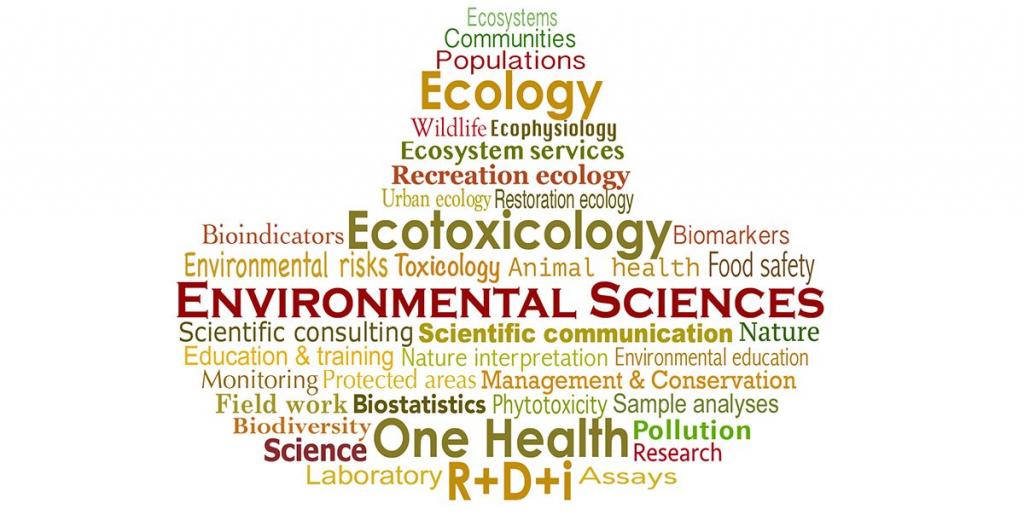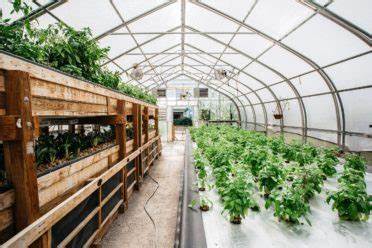
Vertical Farms: Revolutionizing Agriculture for a Sustainable Future
Introduction
Vertical farms have emerged as a solution to address the pressing challenges of food security and environmental sustainability in our rapidly urbanizing world. By utilizing innovative cultivation methods and cutting-edge technologies, vertical farms have the potential to revolutionize the way we grow and consume food. In this article, we will explore the definition and purpose of vertical farms, their relevance in addressing food and environmental challenges, and the importance of bridging the gap between science and society in the context of vertical farms.
Historical Background
The concept of vertical farming can be traced back to the early 20th century, with the pioneering work of visionaries such as Buckminster Fuller and his concept of the “vertical farm.” However, it was not until the late 20th century that vertical farming gained significant attention. Notable advancements in the field include the introduction of hydroponics, a soilless cultivation method, and the integration of controlled environment agriculture (CEA) techniques.
Key Concepts and Definitions
Vertical farming is a method of cultivating plants in vertically stacked layers, often in urban environments. Controlled environment agriculture (CEA) plays a crucial role in vertical farms by providing optimal conditions for plant growth, including temperature, humidity, and lighting. Additionally, hydroponics, aeroponics, and aquaponics are cultivation methods commonly employed in vertical farms, offering efficient use of resources and minimizing environmental impact.

Main Discussion Points
Environmental Benefits of Vertical Farms
Vertical farms have the potential to significantly reduce land and water usage compared to traditional farming methods. By utilizing vertical space, more crops can be grown per square foot, maximizing land efficiency. Furthermore, vertical farms minimize the use of pesticides and fertilizers, thereby reducing water pollution and the overall environmental footprint. In addition, the transportation carbon footprint can be mitigated by bringing food production closer to urban centers.
Food Security and Sustainability
Vertical farming has the potential to address the issue of food deserts in urban areas, where access to fresh and nutritious produce is limited. By bringing food production closer to urban consumers, vertical farms can ensure year-round availability of fresh produce, reducing dependency on seasonality. Moreover, resource-efficient cultivation methods employed in vertical farms can minimize food waste and contribute to a more sustainable food system.
Economic Opportunities and Social Impact
Vertical farming presents opportunities for job creation in the agricultural sector, particularly in urban areas where traditional farming practices may be limited. By localizing food production, vertical farms can also foster community engagement and support local economies. Additionally, vertical farms have the potential to revitalize urban spaces and contribute to economic development.

Case Studies or Examples
Several successful vertical farm projects serve as inspiring examples of the potential and feasibility of this innovative approach to agriculture. The Plant in Chicago, USA, stands as a testament to the conversion of an old meatpacking facility into a thriving vertical farm. Sky Greens in Singapore utilizes rotating vertical towers to maximize space and optimize plant growth. AeroFarms in New Jersey, USA, is an indoor vertical farm that employs aeroponic technology, significantly reducing water usage.
Current Trends or Developments
Advancements in LED lighting technology have revolutionized the energy efficiency of vertical farms. The utilization of artificial intelligence and automation in vertical farming systems has streamlined operations and improved yield. Furthermore, the integration of vertical farming in commercial and residential buildings is becoming increasingly popular, highlighting the versatility and scalability of this agricultural practice.
Challenges or Controversies
One of the main challenges of vertical farming lies in the high initial capital investment and operational costs associated with setting up and maintaining a vertical farm. Additionally, vertical farms heavily rely on artificial lighting, resulting in increased energy consumption. Furthermore, consumer acceptance and market demand for vertical farm products may pose challenges in terms of pricing and perception.

Future Outlook
The potential scalability of vertical farms presents a promising future for sustainable agriculture. Integrating vertical farms in urban landscapes has the potential to transform cities into self-sustainable food production hubs. Collaboration between scientists, policymakers, and communities is essential for the continued development and implementation of vertical farms. Furthermore, vertical farming can play a crucial role in climate change adaptation and mitigation by offering resilient and resource-efficient food production systems.
Conclusion
Vertical farms hold immense potential to address the challenges of food security, environmental sustainability, and economic development. By utilizing innovative cultivation methods and cutting-edge technologies, vertical farms can revolutionize the way we grow and consume food. Bridging the gap between science and society is essential to ensure the successful implementation and widespread adoption of vertical farms. Further research and exploration in this field are crucial to unlock the full potential of vertical farming.
References
Smith, J. et al. (2018). Vertical farming: A review. Agronomy for Sustainable Development, 38(4), 1-16.
Despommier, D. (2010). The rise of vertical farms. Scientific American, 301(5), 80-87.
Vu, H. T. T. (2016). Vertical farming: A promising sustainable agricultural approach. AIMS Agriculture and Food, 1(2), 102-120.
Food and Agriculture Organization of the United Nations. (2017). Controlled environment agriculture: Resource use efficiency and environmental impacts. Rome: FAO.




